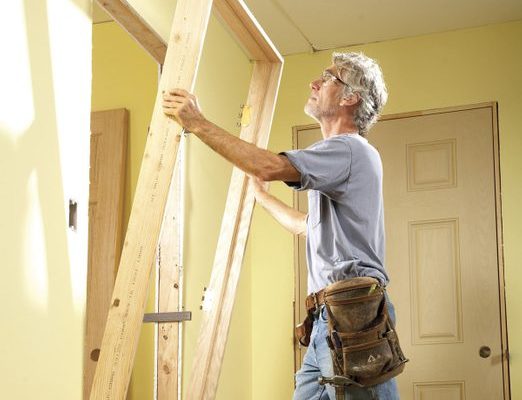Professionals have used access panels for years, especially in the commercial construction industry. You can find them in just about every residential and commercial establishment. Still, you may not understand every structure’s placement, ubiquity, and purpose if you have never used one. Typically, it gives access to hard-to-reach ceilings, floors, and walls, and when necessary, repairs or maintenance are needed.
Installing access panels in a commercial building will usually require professional help, but for residential establishments, you can install this if you are pretty handy with a screwdriver. To help you with the installation process, here are step-by-step instructions on installing a drywall access panel.
Step 1. Locate Internal Drywall Structure
Initially, before you hang the drywall, you take the necessary precise measurements of the structure’s location, whether it is a valve, electrical wiring, or other important fixture behind the wall. This technique will be relevant later when you plan to cut the drywall for other installation purposes. Knowing where these fixtures are will avoid situations where fixing them requires more knowledge and budget.
Installing your access panel will now be easier if you know the location of each specific fixture. The location of your access panel installation will also depend on its purpose, whether for electrical systems, plumbing, extra storage, or others.
Step 2. Cutting a Hole in the Drywall
After identifying and locating where you should install the access door, cut a small hole into the drywall to check your measurements accurately. To do this, you can use a drywall saw. This starter hole will indicate where you should install the access panel.
Step 3. Trace The Drywall Access Panel
After cutting the hole, hold the drywall access panel frame against the wall. Ensure that the placement of the access panel is accurate and even and trace along the inside edge. The initial hole should be within the outlined box.
Step 4. Cut Out the Outlined Area
After you finish outlining the wall with your access panel’s measurements, it is time to bring back the drywall saw. Using the saw, cut out the outside of the traced area. The lip of the drywall access panel frame requires a bigger hole on all four edges to allow a perfect fit. Therefore, there should be an allowance of at least 1/4 inches on all sides.
Step 5. Fit the Frame
Test the size of the frame to ensure it fits perfectly in the cut-out hole. If the cut-out hole seems to be tighter than expected, take the drywall saw and cut along the borders to make the hole larger. But remember to be careful not to make the hole bigger.
Step. 6 Glue the Frame
You will need a caulking gun to glue the frame to the wall. Apply a dash of glue underneath the structure’s surface that sits flush upon the drywall. Put the frame into the entry with glue and press it against the drywall. Ensure that all edges of the frame are attached to the drywall equally.
Step 7. Tape to Hold Frame in Place
Apply tapes over the frame that is currently attached to the drywall. The Snap-On door or panel cover may be attached the next day after the glue has thoroughly dried.
After attaching the frame and door to the drywall, you can paint your access panel to match the wall’s color or interior design. Installing drywall access doors is not as complicated as you thought. Although if you find the process confusing, you can always contact a professional to get the job done or ask for assistance.














Comments